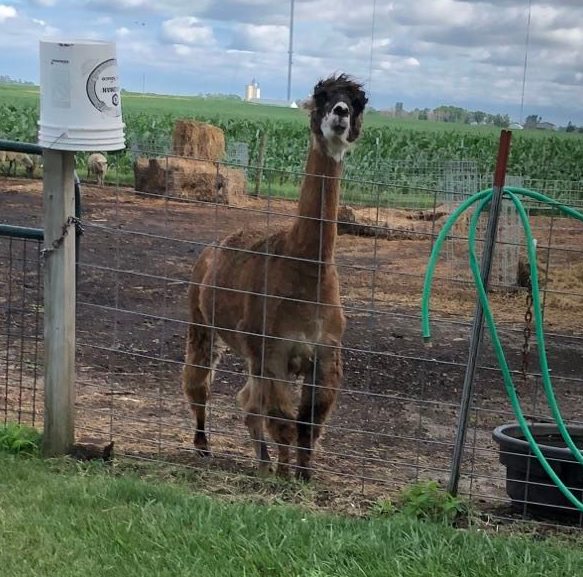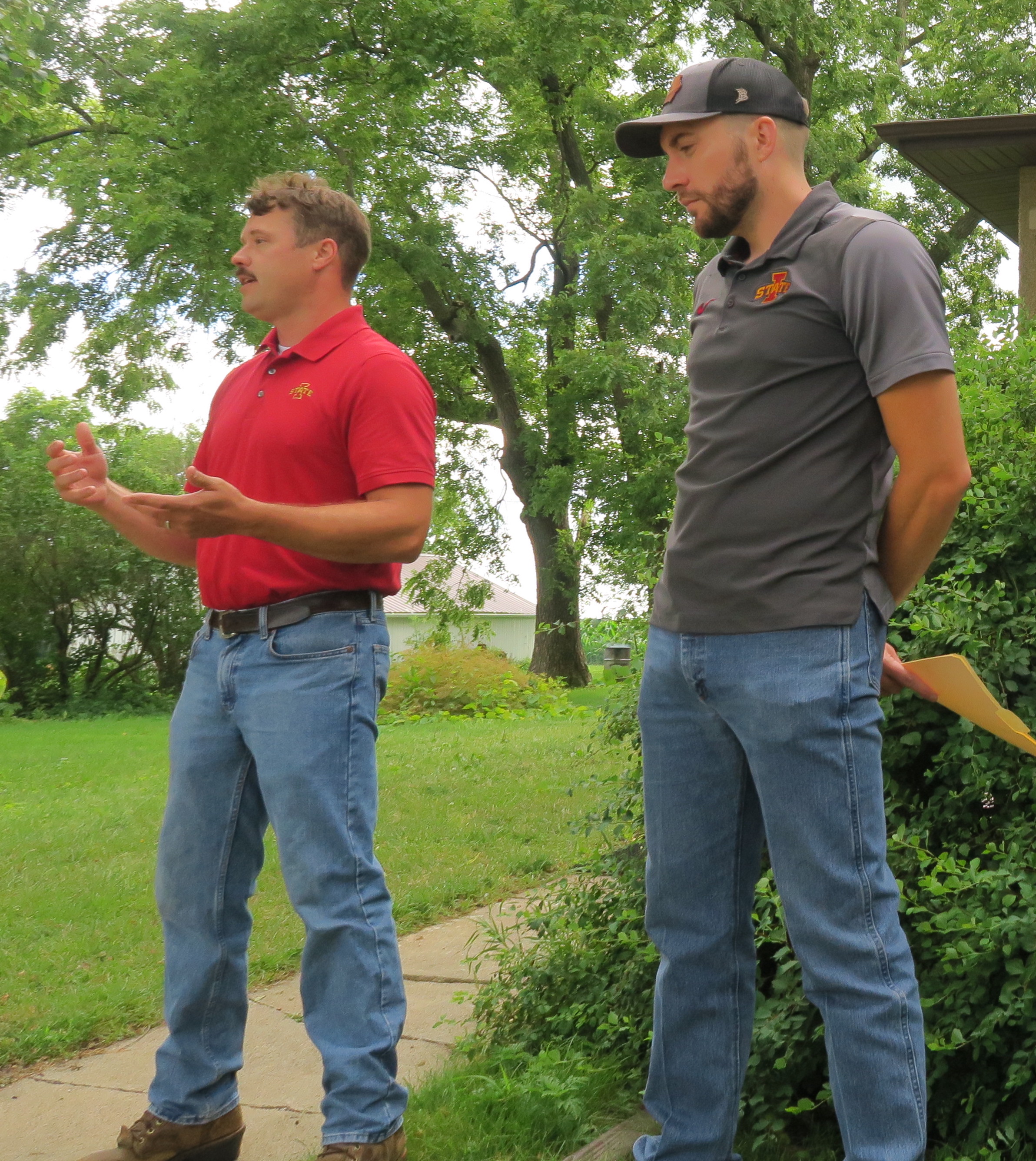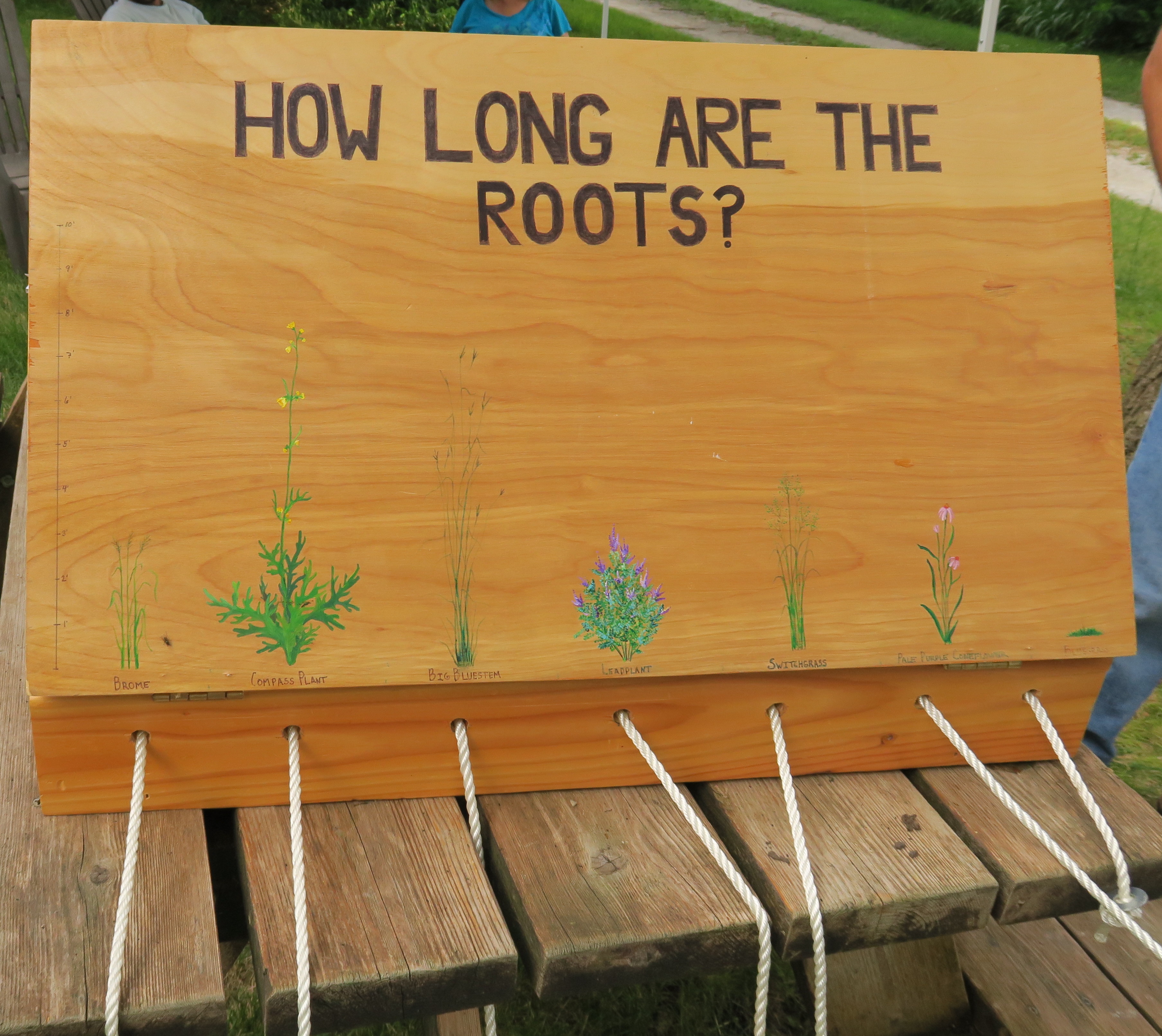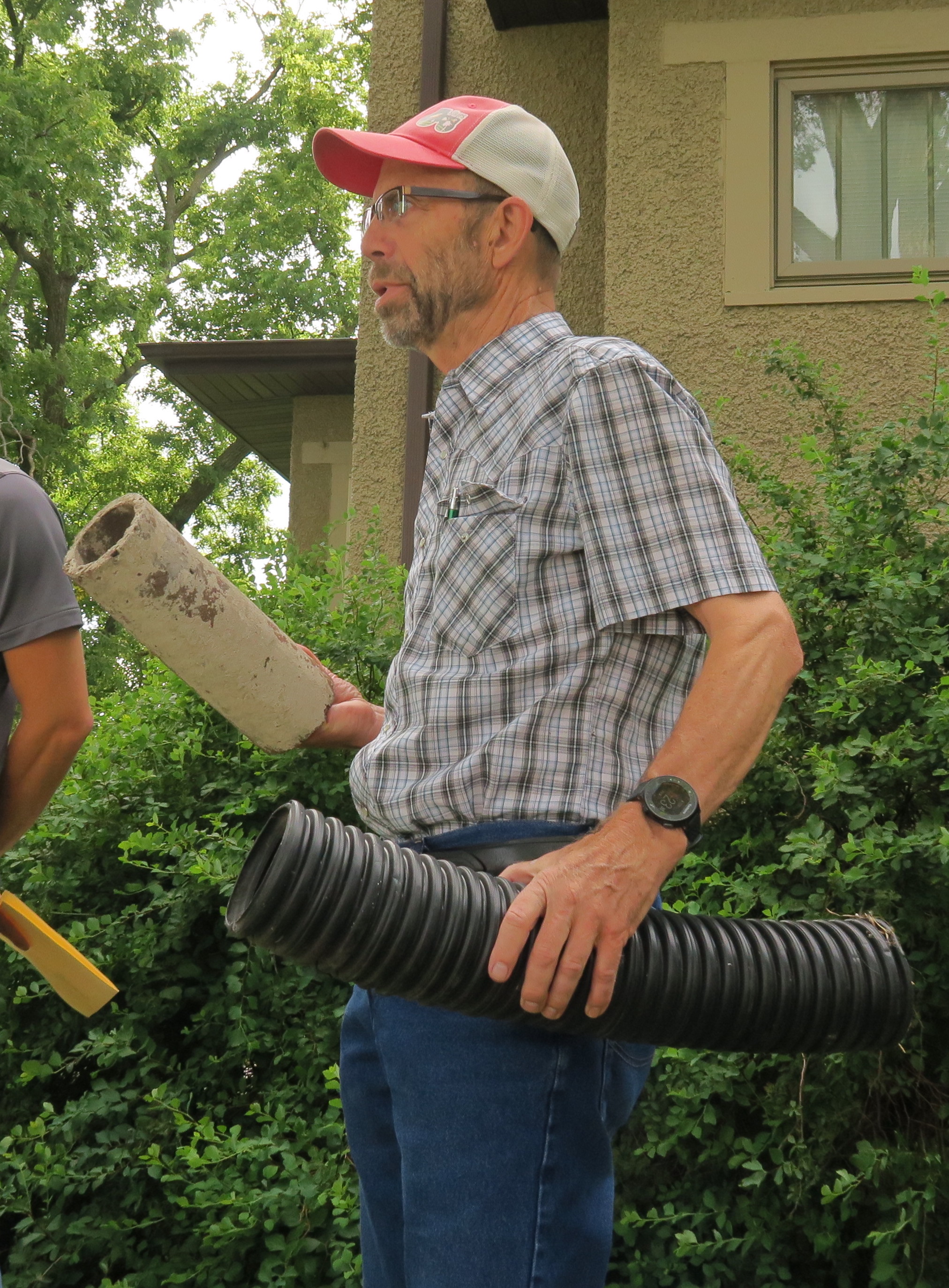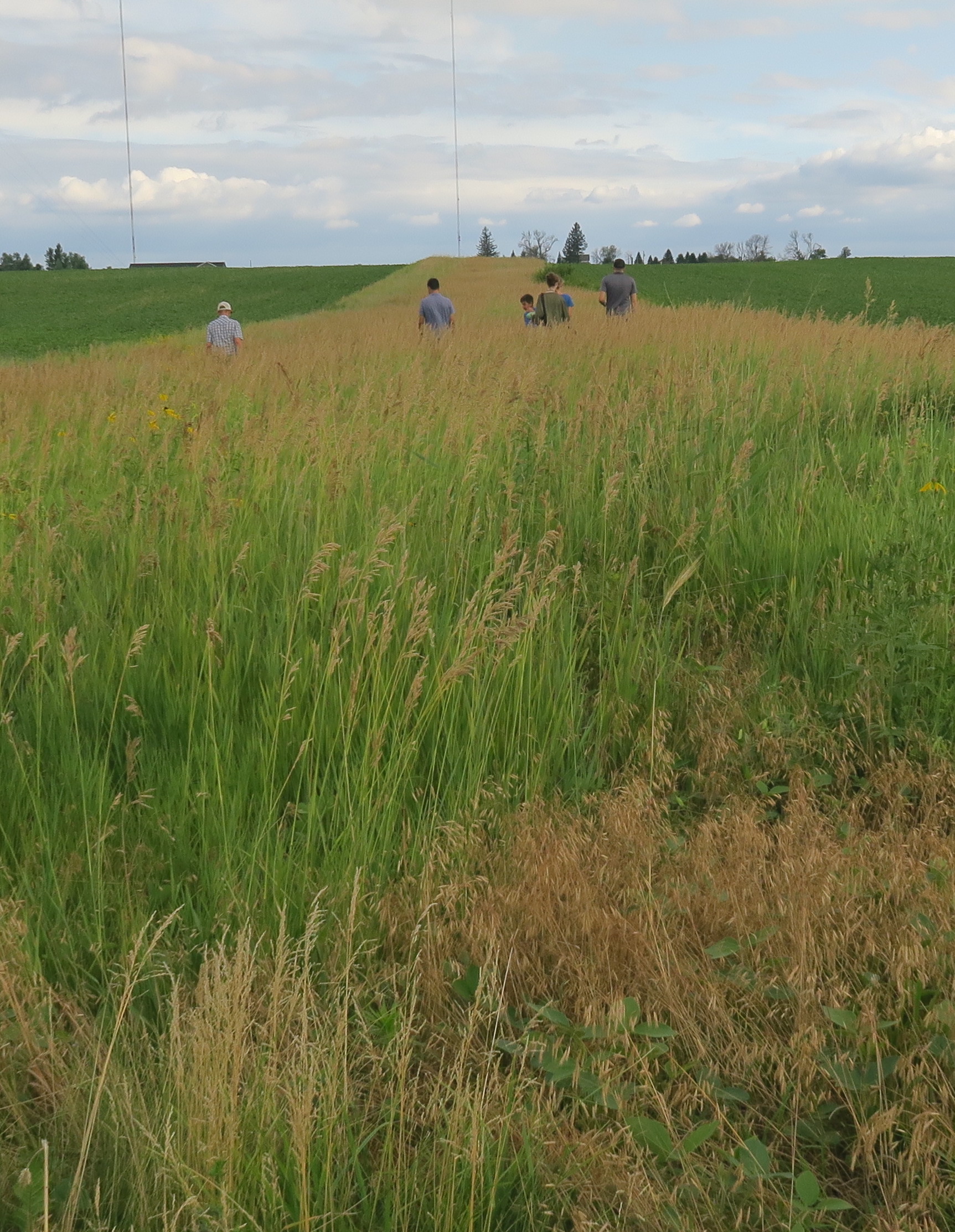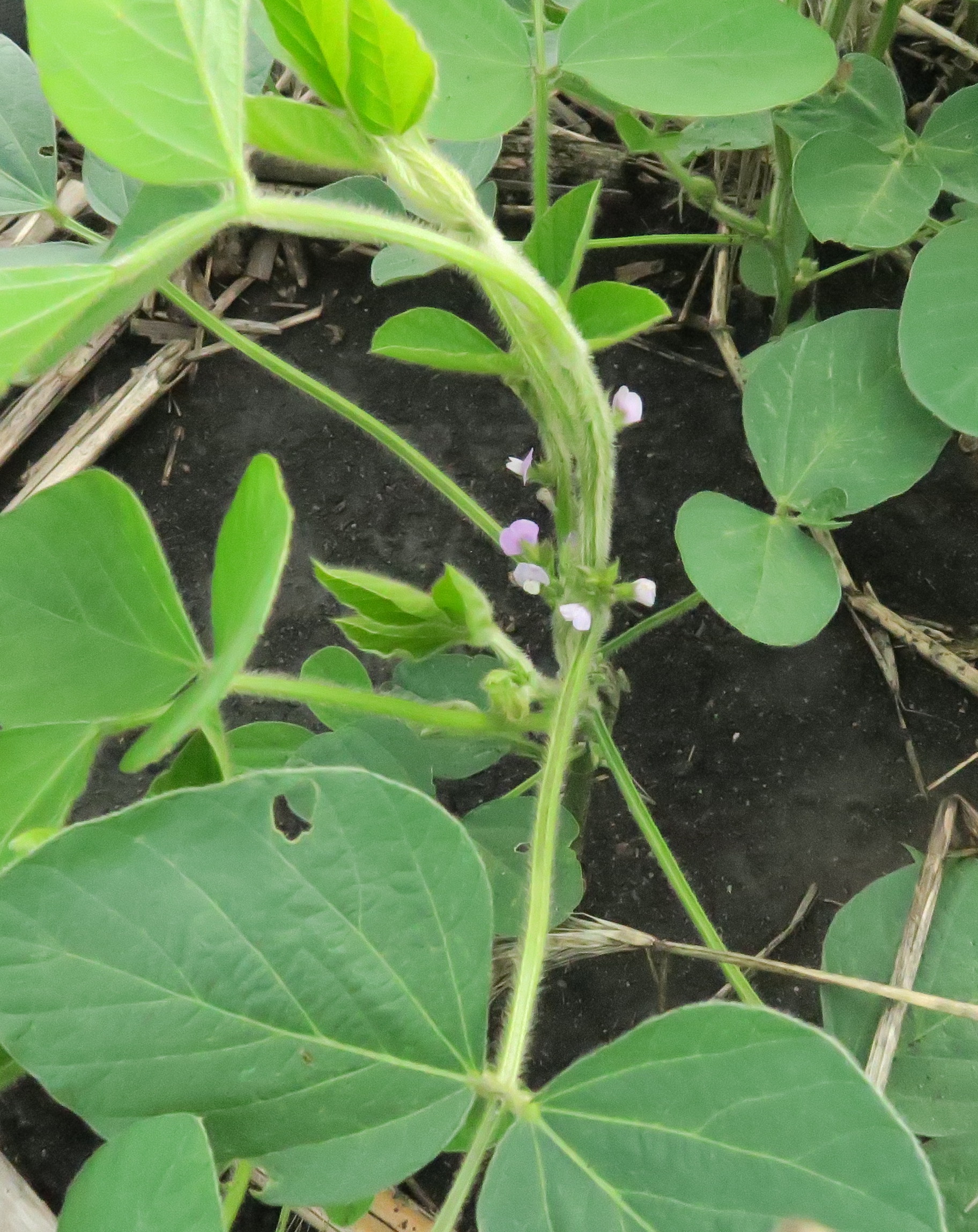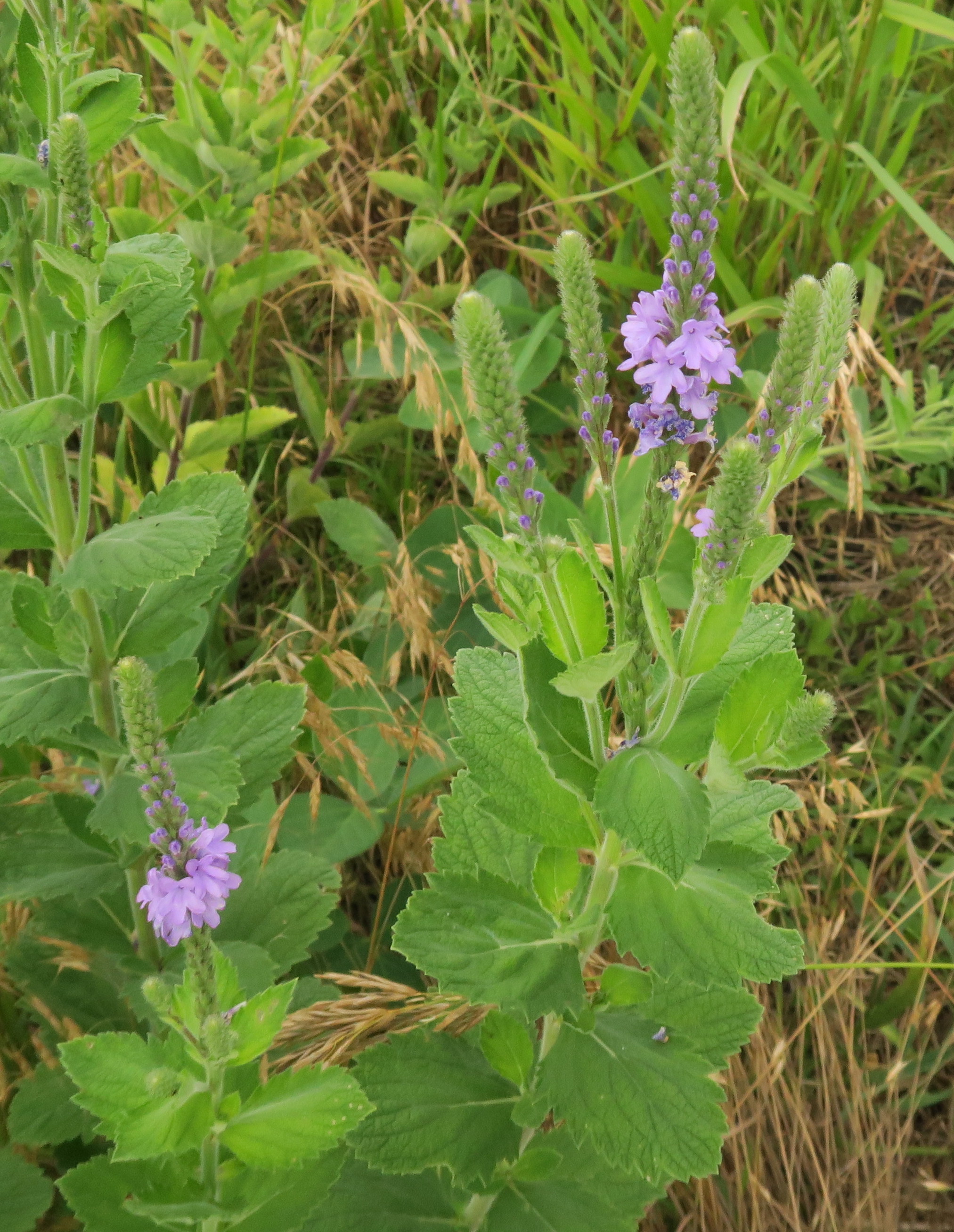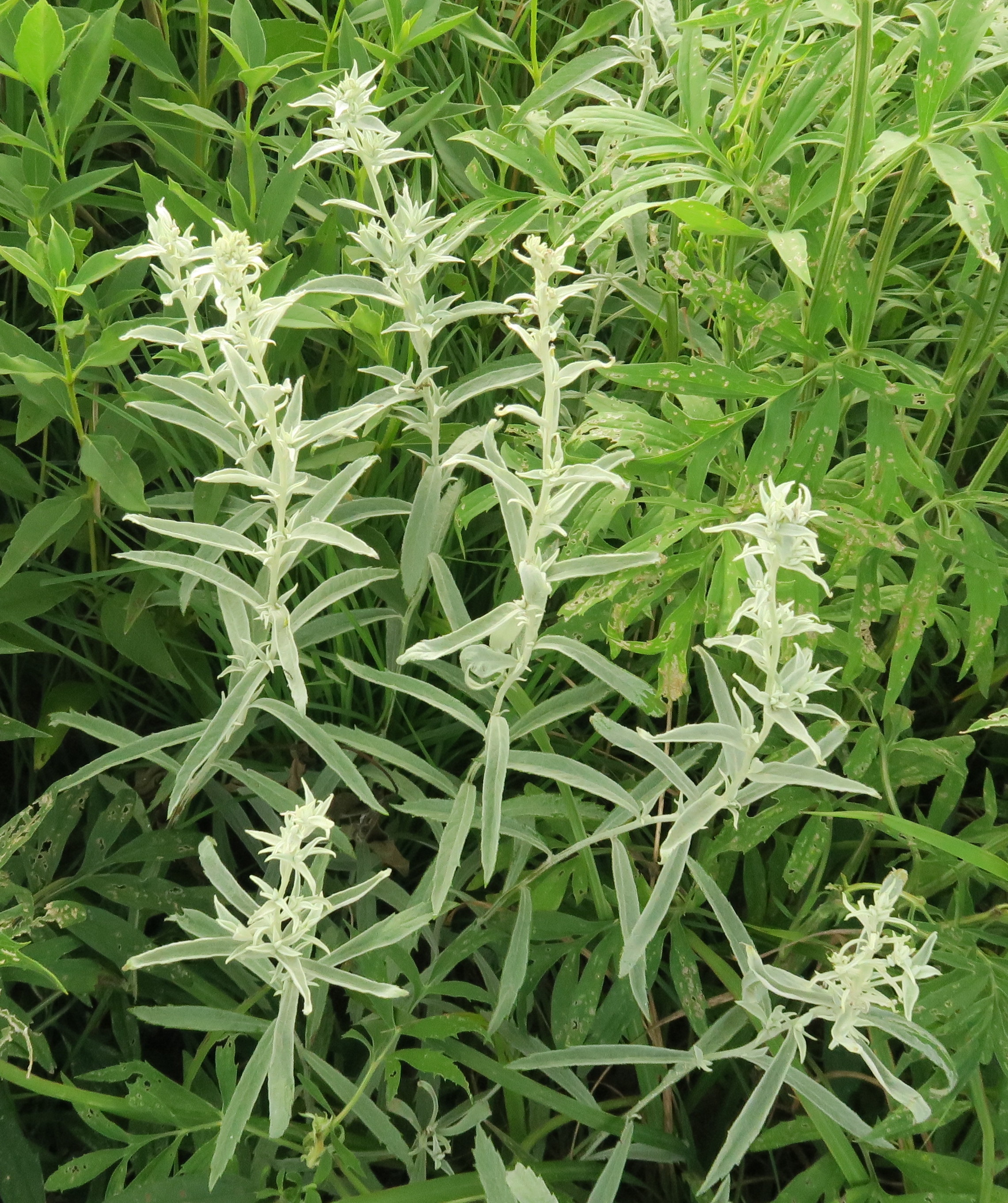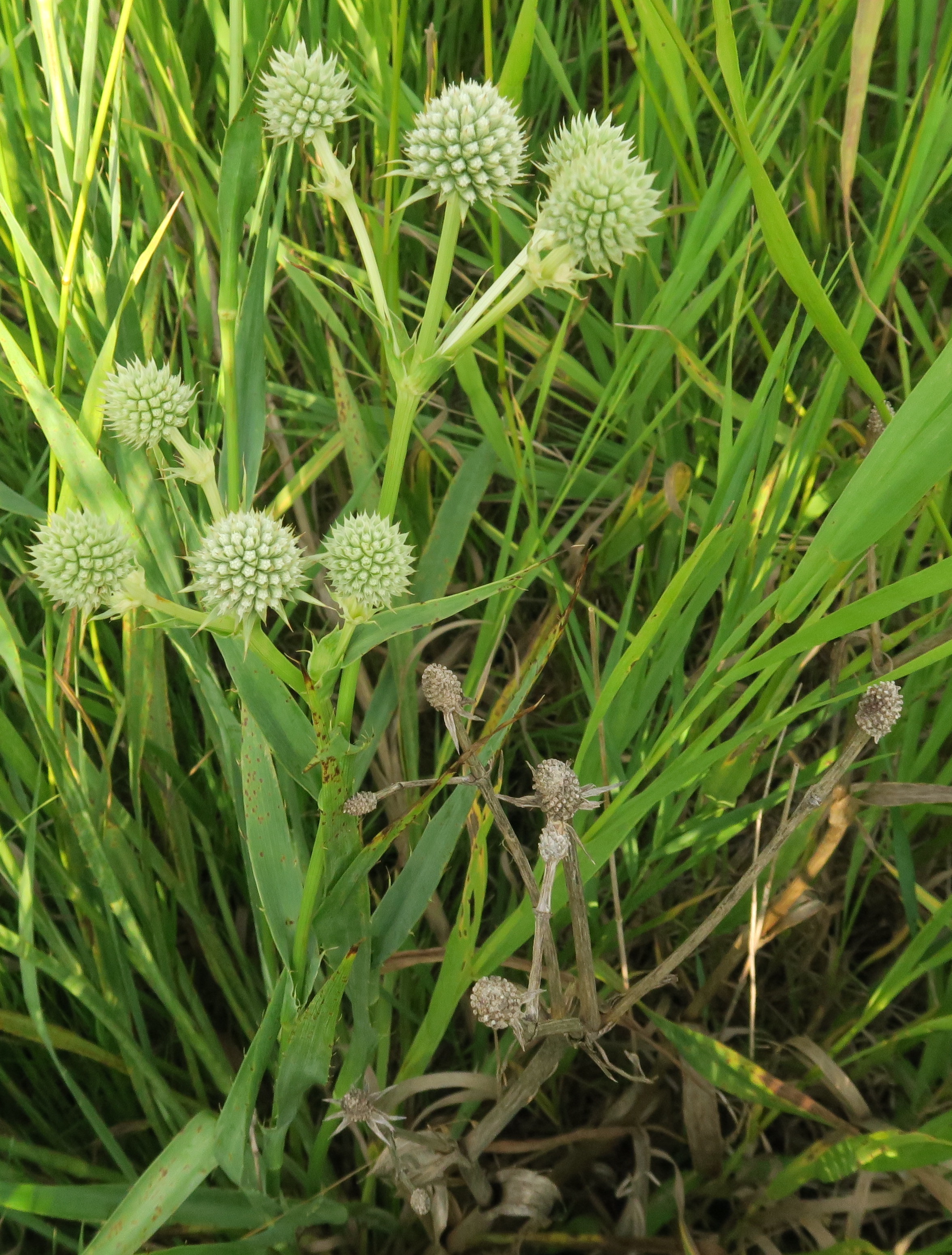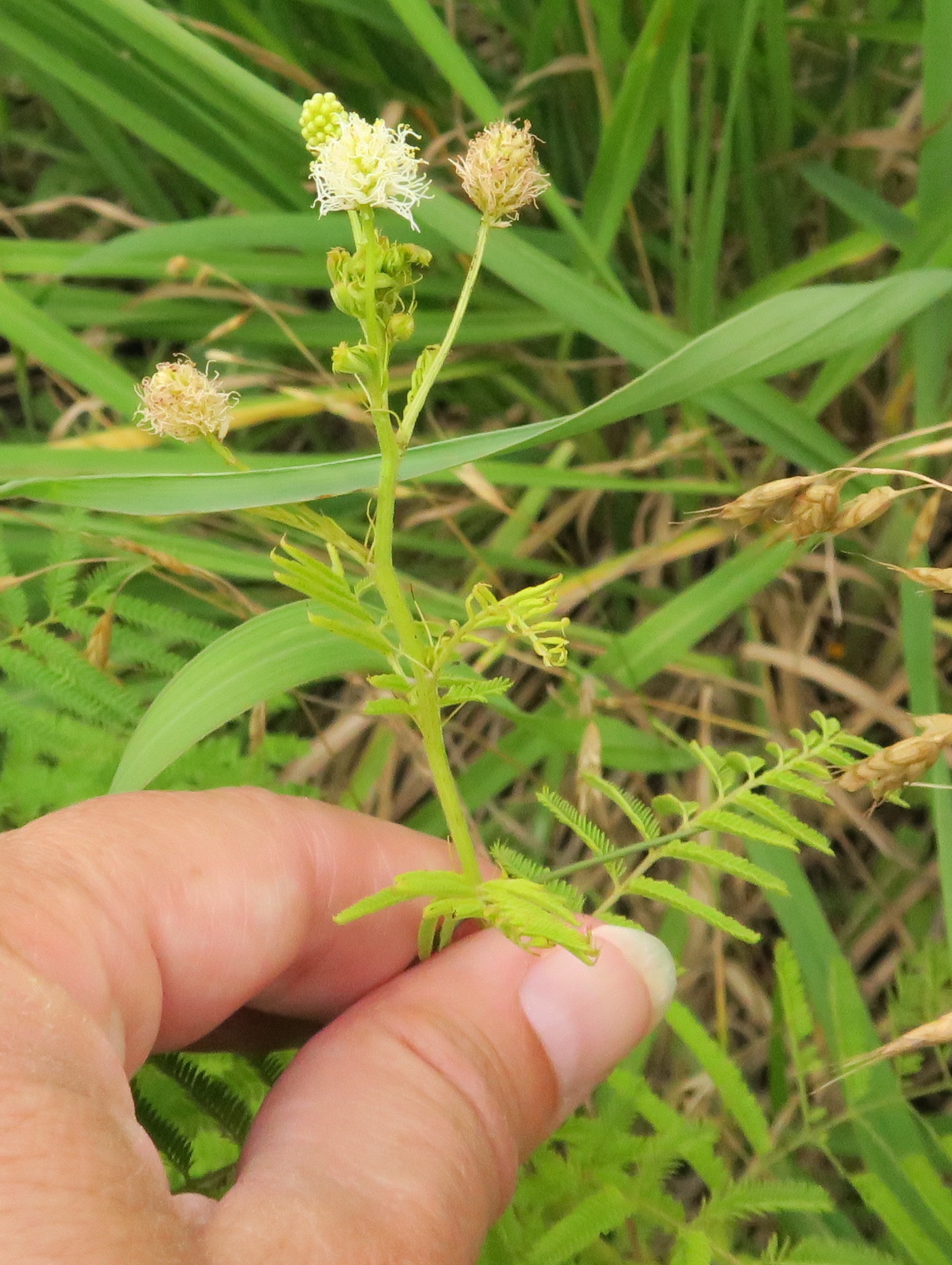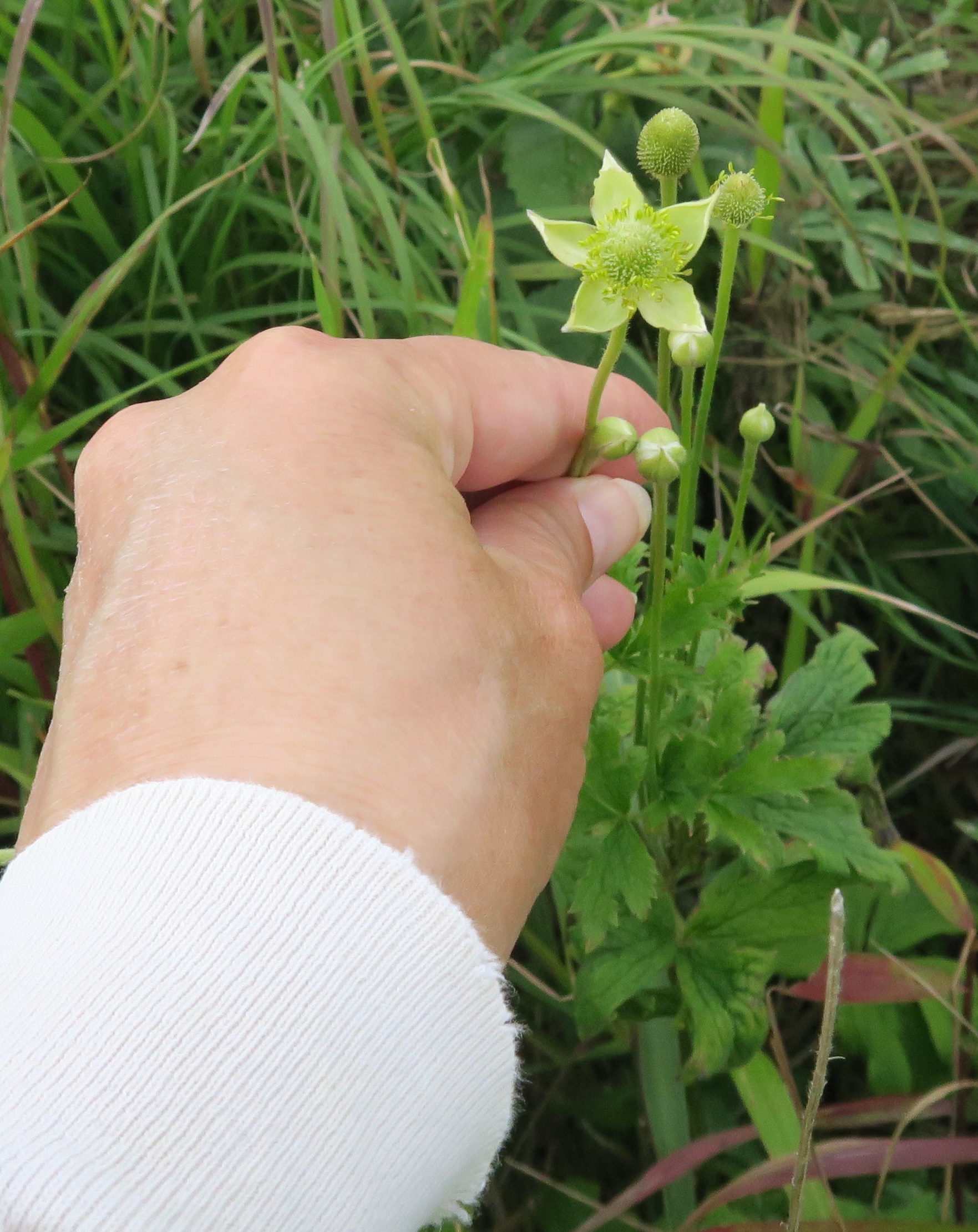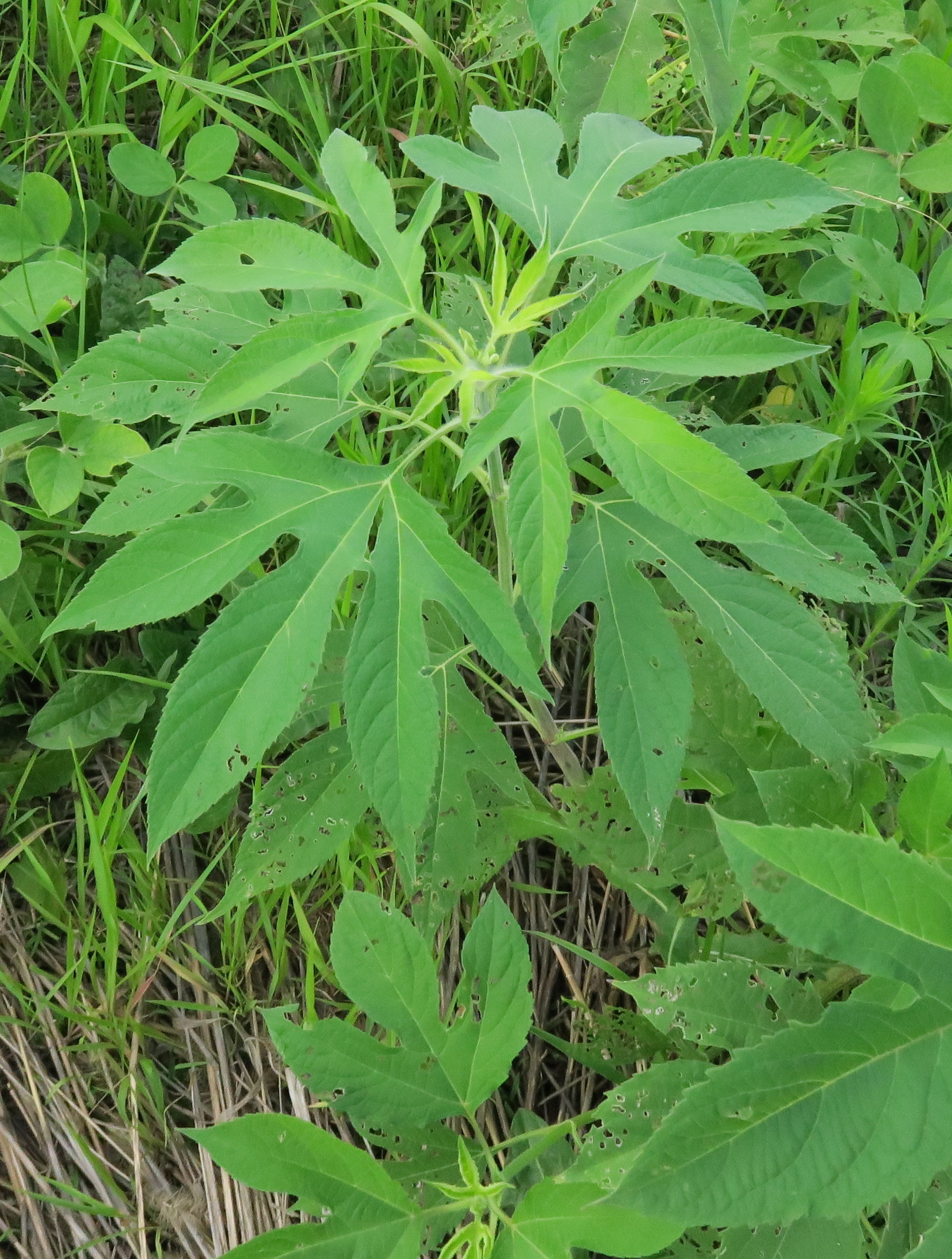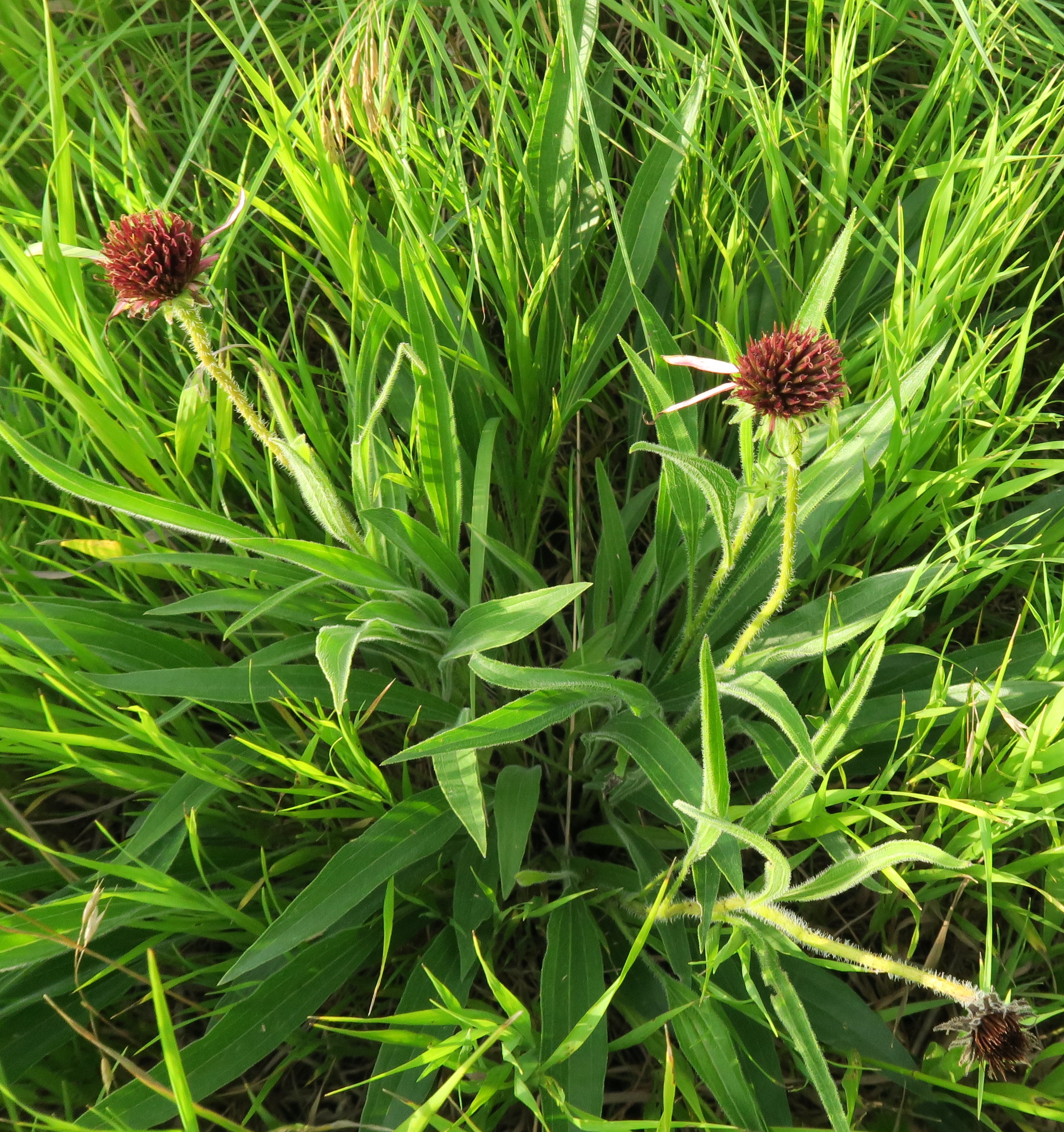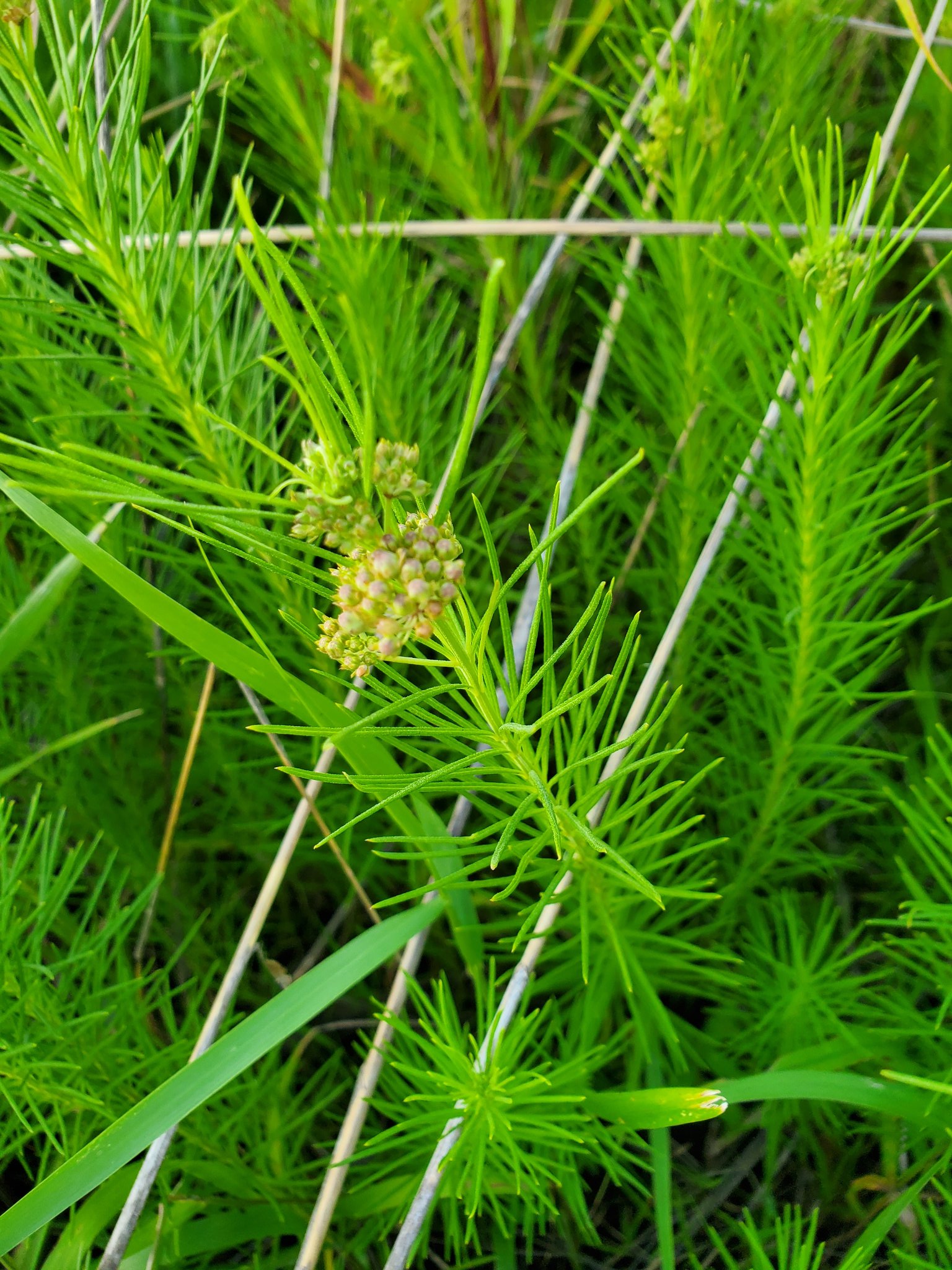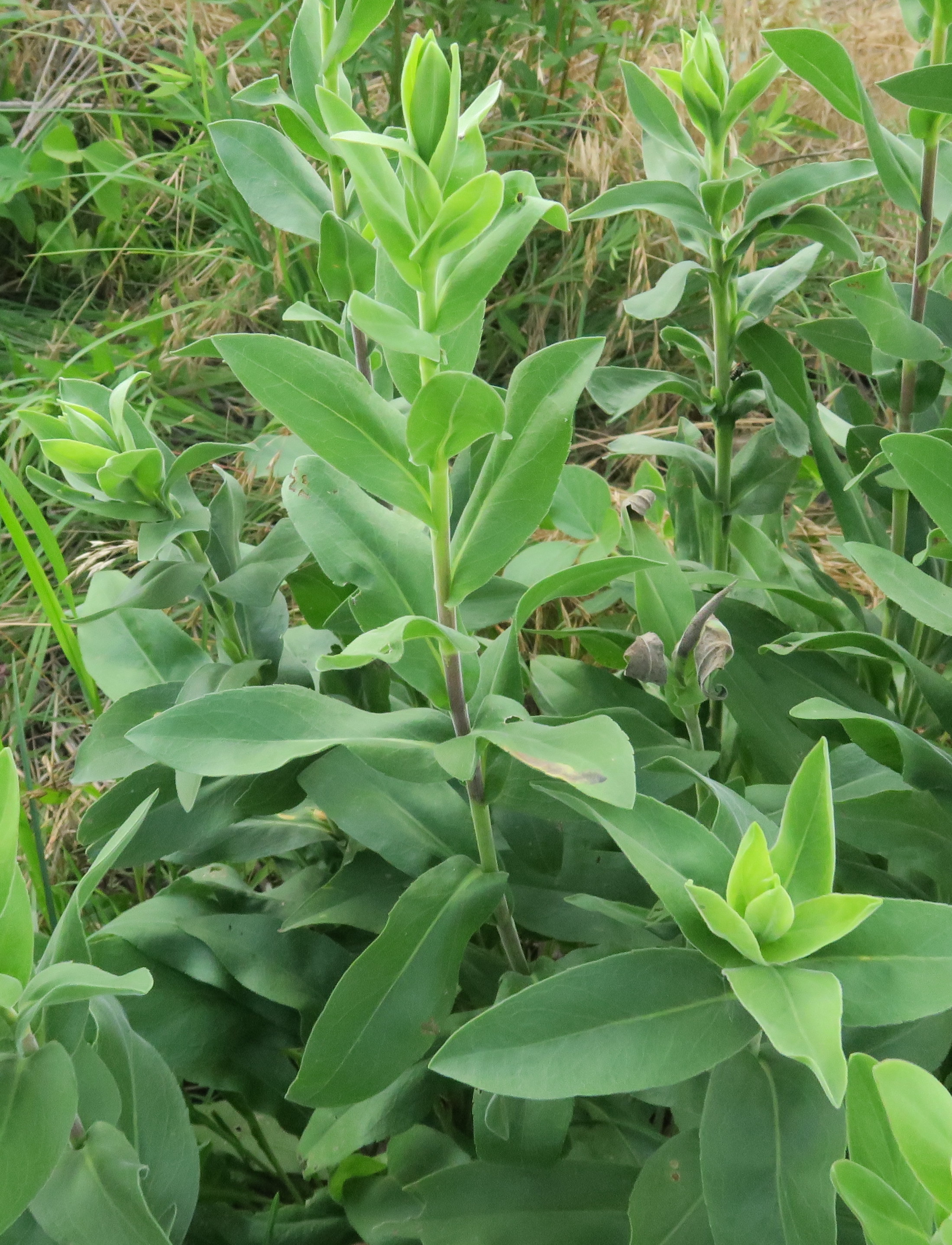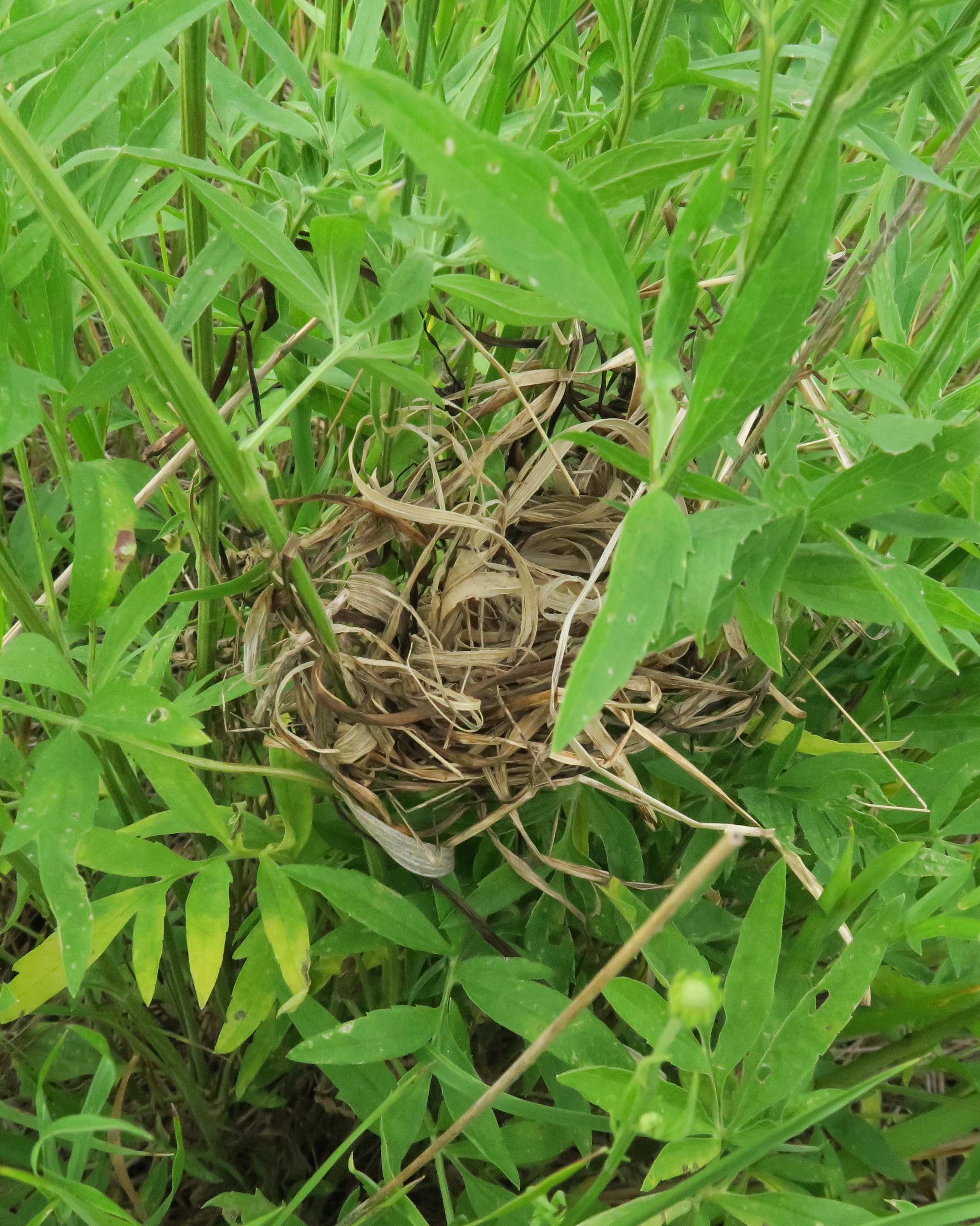Polk County Soil and Water Commissioner John Norwood announced on February 7 that he will run for Iowa secretary of agriculture as a Democrat. In a news release enclosed at the end of this post, Norwood promised to “protect urban and rural consumers, expand economic opportunities around diversified food and agricultural production, and advocate for the needs of ALL food, grain, and livestock producers.”
He added that he wants to create a “a modern vision for Iowa for its highly productive but “unbalanced” agricultural system,” in order to provide “healthy soil, clean air, swimmable/fishable waters and safe drinking water for everyone.”
Norwood expanded on his vision in a recent telephone interview with Bleeding Heartland. (Disclosure: I have known the candidate since before this website existed and consider him a friend.)
“WE NEED TO HAVE A PLAN B”
Norwood’s been seriously considering this race for months. Asked why he decided to run, he said he’s “spent a lot of time” working on these issues since being elected Polk County soil and water commissioner in 2018. “Soil and water are really foundational to our basic economy. We’re an agricultural state,” he said. If Iowa were a separate country, it would be a top ten agricultural producer globally.
While our farming is “highly productive,” we’re facing “storm clouds,” namely a changing climate and “the electric vehicle revolution.” Norwood is convinced “Those two forces are going to have an enormous impact on the Iowa system.”
“Regardless of what we think is the right answer” on electric vehicles, Norwood told me, “this isn’t a decision we get to control.” Worldwide, electric vehicle sales have doubled as a share of all car sales approximately every 12 to 24 months, from 4.1 percent in 2020 to 8.57 percent last year.
“That curve is going to come up pretty quickly,” Norwood said. No one had smart phones before 2007 or 2008, he noted. Now most of the world uses them.
The trend is “a big risk factor for our ethanol production,” which now consumes more than half the corn grown in Iowa. “We need to have a plan B.”
A bill moving quickly through the Iowa legislature would require that gas stations sell higher ethanol blends. Norwood doesn’t favor imposing an across the board requirement that could put small rural gas stations out of business. Rather, he would focus on the gas stations that sell the most product and give them incentive to sell more.
Trying to get individuals to buy different vehicles is “not going to move the needle” either. Instead, “You’ve got to be smart about where we can affect the demand generation.” It’s not some rural gas station pushing a few more gallons. “We’re not going to stop the electric vehicle revolution.”
As more consumers purchase electric vehicles, Norwood sees three major markets where ethanol and biodiesel can compete as a transitional fuel: aviation, marine, and rail. Those are energy-intensive sectors and “harder to electrify,” because “the battery technology isn’t where it needs to be.”
The corporations that dominate those sectors may resist shifting to biodiesel products because of the cost. On the other hand, many large companies are moving toward “environmental, social, and governance” criteria as they try to lower their carbon footprints. Getting those huge diesel consumers to use more biodiesel is realistic.
“I think that needs to be one of the focus areas, and spending less time trying to stop the tidal wave of electric vehicles” coming at us.
How would he respond to politicians who say any policies that promote electric vehicles benefit China at the expense of the biofuels industry? “Our agricultural system as it now stands is highly dependent on China buying our output,” Norwood pointed out—not only pork and soybeans but also the animal feed that comes out of the back end of ethanol plants.
AN “UNBALANCED” SYSTEM
Norwood’s vision for Iowa agriculture “builds on our tremendous commodity productivity,” but also addresses the “missing pieces” of resiliency, diversity, and sustainability. “We do not have a system right now that is built to last.”
What does he mean by an “unbalanced” agricultural system? One big problem is soil loss: we lose ten times more topsoil than can be sustained. “Corn in particular is very hard on the soil, it’s very wearing.”
Poor water quality is also an indicator of a system out of balance, as is the decline of many rural communities. Around 70 of Iowa’s 99 counties continue to lose population. It’s not surprising, since a commodity-based system requires fewer people and produces more with less human input over time. “If we want to have a system that’s back into balance with our communities and with nature, we need to begin to diversify.”
Norwood would address those problems in several ways. First, Iowa needs to “reimagine the drainage districts as water management districts.” The state should help counties find the money to modernize some 3,500 drainage districts, implementing approaches like water filtration, aquifer recharge, wetlands, and buffer strips.
We need to focus on soil health, and “We’ve got to do that at scale; we can’t do that one farm at a time.” Norwood observed that around 60 percent of Iowa farmland is rented. The landowners may know little about conservation practices, or may simply want to squeeze as much rent out of the property as possible. Renters are often working on small margins and may resist conservation practices that slow them down.
Improving soil health would have many benefits. Each 1 percent of organic matter (carbon) allows soil to store 27,000 gallons more water per acre, Norwood told me. Over 10 million acres, that’s the equivalent of 1.3 Saylorville Lakes of flood storage. After heavy rains, we would be sending less soil down the river to silt up our reservoirs and pollute the Gulf of Mexico.
Finally, Norwood supports policies to engage new farmers: promoting small organic farms, urban farming concepts, and even “a farm park” in each county where new farmers could get access to land, capital, and labor. Whereas corn and soybean farmers are working with hundreds of acres, many diversified farms can be profitable on a small number of acres.
WHAT DOES HE MEAN BY “TIP O’NEILL DEMOCRAT”?
In his news release and tweet announcing his candidacy, Norwood described himself as a “Tip O’Neill Democrat.” Many people under age 50 aren’t familiar with the former speaker of the U.S. House.
O’Neill was a “political hero” of Norwood’s when he was growing up in Massachusetts. He “got things done” as House speaker during Ronald Reagan’s presidency. “He was a relationship person, as am I.”
The most famous saying attributed to O’Neill is “All politics is local.” That applies to Iowa, with respect to ag and conservation, Norwood believes.
Though Norwood is a Democrat, he has spent a lot of time working with Republicans. For instance, for about five years former Governor Bob Ray was board chair at an organization where Norwood was the chief financial officer.
Before moving to Iowa 20 years ago, he worked for Republican Governor Pete Wilson’s administration in California, in an agency that combined agriculture and natural resources functions.
In addition to working with Republicans and independents, Norwood is committed to collaborating with local officials. “If you want to get things done in Iowa, the top-down approach doesn’t work so well.” You need to work at the county level and move up from there.
NAIG IS “NOT A VISIONARY PERSON”
As a challenger to Secretary of Agriculture Mike Naig, Norwood will need to persuade voters to fire the incumbent and hire him. So why shouldn’t Iowans re-elect Naig?
“He’s a really nice guy, but he’s been in office for four-plus years. In my opinion, he’s not a visionary person,” Norwood said. And because of his industry background with Monsanto, “he has a particular viewpoint.”
Naig’s experience “is well-suited within the corn-beans-hog complex as we know it,” but Norwood wants “to be the secretary of agriculture for urban and for rural, for small and big, organic, specialty” and so on. “This shouldn’t just be the secretary of corn, beans, and hogs,” which is how Naig has performed in office.
Norwood sees Naig as “more of a salesperson.” While “there is a sales component to the job,” it’s more important to confront the challenges facing Iowa agriculture. The state needs someone who can build coalitions and work with people toward a vision. “I haven’t seen that. I haven’t seen a sense of urgency with him.”
He recalled Naig’s appearance on the Iowa PBS program “Iowa Press” last year. The agriculture secretary dismissed a report on Iowa water quality as “a bit of propaganda” from “a Washington D.C. based advocacy organization.” Naig asserted, “what they talked about related to Iowa is not based in fact. We’re moving in the right direction.”
Norwood strongly disagrees. “No, we have a really serious water quality issue. We have very serious soil loss issues.” But under Naig’s leadership, the Iowa Department of Agriculture and Land Stewardship has “stonewalled” efforts by the Polk County Soil and Water’s attempts to address the problems.
Naig’s department thinks the existing standard of four to five tons of soil loss per acre is acceptable. “I mean, that’s ten times what Mother Nature produces.” Last year, Polk County wanted to lower the numbers to a more sustainable level for soil loss, and “were basically told we couldn’t do that.”
We were told, you have to supply your own science to do that.
Well, that’s what the state’s supposed to do, and the federal government.
So if you get behind the doors of the Department of Agriculture, there are a lot of things that are not happening, that should be happening.
The legislation creating Iowa’s soil and water conservation districts said conservation should be led at the county level, and the state should support that. But in Norwood’s experience on the Polk County commission, “That’s not what’s been happening.” One exception was the bundled saturated buffer approach that he developed with others, which launched last summer.
“We reinvented that process. We went from one [installation] at a time to 50 at a time in Polk County. Next year it’s going to be 100. And it’s that kind of systems thinking that we need to begin to apply across our 3,500 drainage districts” in Iowa.
AG DEPARTMENT HAS IMPEDED COUNTY ATTEMPTS TO MODERNIZE
Norwood said Naig showed some interest in Polk County’s Central Iowa Water Quality Infrastructure Project. But in other ways, he and his department “have been more of an impediment” than a supporter of modernizing operations.
By way of example, the Polk County Soil and Water Commission wanted to establish a group health plan for staff, through Iowa Farm Bureau. Norwood floated the idea of doing this collectively with all of the state’s soil and water districts. Naig’s department “was almost no help” and didn’t even respond to a letter about the subject.
More broadly, Norwood said Naig “doesn’t have the vision” or the right priorities. There have been at least two documented cases of misappropriation of funds by employees of Iowa soil and water conservation districts (see here and here). Yet Norwood had to fight to get professional accounting software for the Polk County district, whose complex budget was being managed with an Excel spreadsheet. “I mean, this is like Business 101.”
The Iowa Department of Agriculture and Land Stewardship wanted commissioners to go out and raise the money to pay for accounting software and a bookkeeper. “That’s just disrespectful of commissioners’ time,” Norwood said. “We’re volunteers.”
Naig’s family runs a farm and has worked for Fortune 500 companies. “How many of them did not have professional accounting software?” Norwood wondered.
He added, “I think Mike Naig should go to business school. I think that would really help him learn some basic principles of business and management.”
To follow Norwood’s campaign: website, Facebook, Twitter
Appendix 1: Introductory video for John Norwood as a candidate for secretary of agriculture
Appendix 2: Full text of February 7 news release
Soil & Water Commissioner Running for Iowa Secretary of Agriculture
WEST DES MOINES, IA – John Norwood, a Soil & Water Commissioner for Iowa’s capital county who describes himself as a “Tip O’Neill style Democrat” is running for Iowa Secretary of Agriculture in this year’s election.
“As Secretary, I will protect urban and rural consumers, expand economic opportunities around diversified food and agricultural production, and advocate for the needs of ALL food, grain, and livestock producers. My first priority will be to build urban and rural support around agriculture systems that are built to last – including strengthening the resiliency of our 20+ million acres of corn and bean ground. We must have healthy soil, clean air, swimmable/fishable waters and safe drinking water for everyone.”
Norwood also wants to create a modern vision for Iowa for its highly productive but “unbalanced” agricultural system. He envisions Iowa being a world-class model for community- based regenerative agriculture in the U.S. with new opportunities for first generation farmers, especially farmers of color.
“Farming can be reimagined to include small acreages, indoor farms, and planned “farm-parks” with infrastructure for processing, packaging and distribution – 80 million live within a day’s drive of Iowa. I plan to work at the county level, at the statehouse, and Washington DC, along with international partners to bring a “big tent” perspective to the role of Secretary of Agriculture. I want to create new opportunities for Iowa while finding actionable and timely solutions to the economic, environmental, system risks and health issues we face.”
Norwood’s professional background includes water utility experience in Boston, as well as experience leading an agricultural land trust in grape, nut, and cattle ranching in California where he worked closely with growers, ranchers, city, and county planners to increase the base of irrigated ag while protecting farmland from development. He has also worked in farm- based renewable energy, specialty feeds, and marketing Iowa grown local foods.
Norwood is a small business owner, and serves as a business advisor and board director. He travels the state regularly to work with business owners in agriculture, technology, manufacturing, and related industries.
“If elected, I will represent the voices of the many people who have told me they want a balanced vision for Iowa that includes the thoughtful use of state and federal monies to increase access to land and capital while we build a resilient, enduring Iowa for everyone.”
Norwood has an MBA and master’s degree Yale’s Forestry School and a bachelor’s degree from Williams College in Massachusetts. For the past twenty years, he and his family have resided in West Des Moines. For more info: www.Norwood4Iowa.com.
The post Interview: John Norwood outlines his vision for Iowa agriculture appeared first on Bleeding Heartland.




